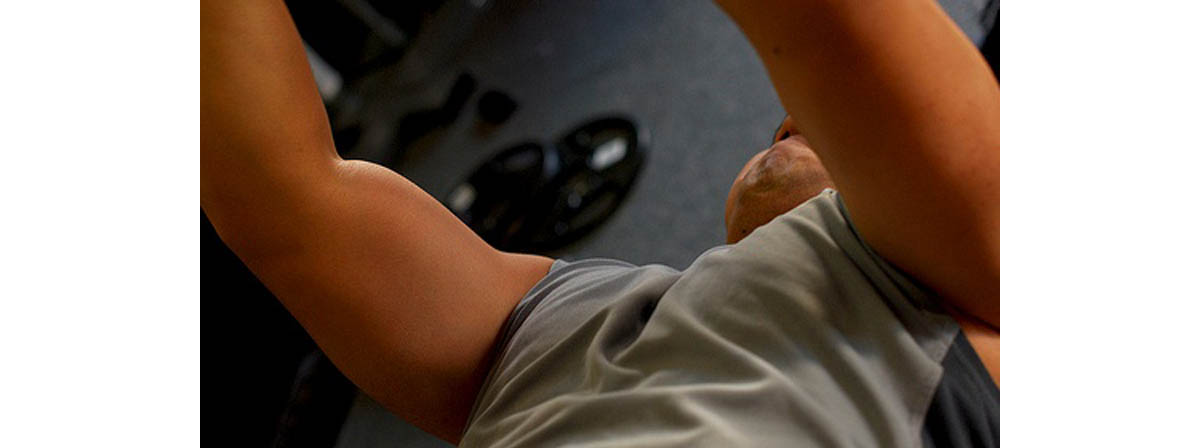Table of Contents
If you've ever walked around a gym, you've likely seen big guys pumping away at the iron while women dredge away on the elliptical or treadmill. A trainer's biggest pet peeve is to have to explain, prove and break down myths around lifting weights to female clients. There are lots of myths around weightlifting, and they prevent many a woman from getting into the kind of shape she deserves and would love. We're determined to bust these top 10 myths.

1. Weights grow bulky muscles
Lifting weights won't automatically and inevitably make you bulky. Women who lift weights will not become "manly", or begin to look like Arnold Schwarzenegger, simply because they do not produce enough testosterone to allow any significant muscle volume grow in. The women you see in magazines with manly bodies are bodybuilders, who often use steroids or "legal alternatives" that are explicitly designed to raise testosterone levels.
Read More: Best Weightlifting Exercises For Women
2. Lots of reps with a low weight is for toning
This type of weight training is just an easier way of training. Generally, you won't see too much of a difference when you go over 15 reps of any exercise — its just too easy to improve your physique, and is not challenging the muscles to adapt. Toning your muscles requires lifting increasingly heavy weights, making your muscles more dense, heavier, and thus more toned! Hint: If your workout is insanely easy, it probably isn't doing much to get you a toned body.
3. Heavy weights are dangerous
If you're lifting heavy weights out of the blue with poor technique, it can absolutely be dangerous. No question about it. However, with the help of a professional trainer, and some good instruction, you'll be able to lift heavy weights very safely.
Using machines for resistance training is often believed to be safer, but studies have shown that using free weights like barbells and dumbbells is far more effective at reducing the risk of injury, and also that free weiughts are more likely to help improve movements in every-day life (bending, sitting, running, etc).
4. Weights are for guys
This is just a ridiculous statement perpetuated by women who are “scared” of getting bulky, and men who are scared that their women will become stronger than them! Research has shown time and again that lifting weights offers huge health benefits to both men and women, and yes, even children can benefit!
5. Lifting weights increases blood pressure
While you are actively lifting weights, your blood pressure does go up. This happens because the muscles require energy and oxygen to perform the task; as the heart rate and breathing rate increases to provide these two things, so does the amount of blood being passed through the arteries, increasing arterial pressure.
Once your weight lifting activities are over, your blood pressure will also return to normal. Further, people who lift weights regularly have lower blood pressure than those who don't.
6. Older people should avoid weights
As we get older, our bones become frail and muscles lose mass and tone, becoming weak as well. The only way to combat this natural aging process (as proven by several research studies) is to exercise regularly and – you guessed it — to lift weights!
Lifting weights stops decreases in bone density as seen in osteoporosis, and helps to maintain muscle mass in the elderly. The weights do not have to be heavy for a person to benefit from resistance training.
- “The 12 Most Popular Weight lifting Myths Debunked!” by Mehdi. Published October 2009. Accessed October 2012. Retrieved from: stronglifts.com/weight-lifting-myths-debunked/
- Photo courtesy of kevin_butt on Flickr: www.flickr.com/photos/kevin_butt/4148923666
- Photo courtesy of kevin_butt on Flickr: www.flickr.com/photos/kevin_butt/4341664856


Your thoughts on this